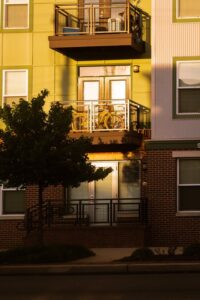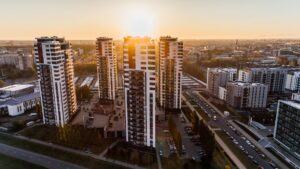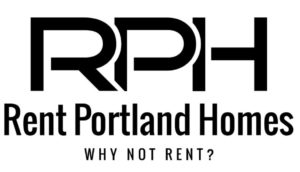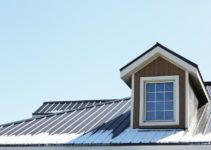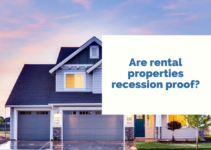Multifamily properties are an excellent investment because they enable investors to earn passive income while building wealth but the big question is what about urban multifamily properties? Do they offer the same income potential as other multifamily properties nationwide?
In this article, we will break down urban multifamily properties and provide you with our outlook for them in 2021 and beyond.
What Is The Outlook For Urban Multifamily Properties?
Thanks to EY’s 2020 Global Alternative Fund Survey, we know that the outlook for urban multifamily properties is strong in 2021.
Yes, Covid-19 affected urban multifamily properties in 2020 as many people left cities like New York, Chicago, and Los Angeles, for suburban areas but in 2021 those same people are coming back to the cities that they left.
As more people get vaccinated, cities reopen and confidence comes back to the United States, people are realizing that they like living in urban multifamily properties because their apartments, condos, and townhomes are close to the things that they enjoy.
Urban renters want to be close to the best restaurants, shops, clubs, gyms, and things to do that can’t be found in suburban locations nationwide so they are moving back to cities in record numbers. This means that cities like Chicago are poised for big comebacks in 2021.
Multifamily property owners still have to adapt to a changing rental landscape as most renters who started working from home are going to continue working from home in 2021.
Owners have to be willing to adapt and lure those renters back to their properties by more options to attract work from home tenants and remote workers like better wiring in their units, dedicated spaces for conference/meeting areas, onsite laundry plus concierge services to handle things like trash and laundry.
Demographics of Remote Workers
I pulled these demographics from an infographic about digital nomads, which was the remote worker before COVID made us all remote workers. Some of these numbers may change on the margins, but I still think they are a good place to start.
High-level overview:
- 51% female, 47% male
- 55% completed college
- 28% completed graduate school and/or a masters
- Most of them are between 25-34 years old
- 20% of them are 35-44 years old
- The majority have been location independent for 6 months to a year
Source – Bigger Pockets
Multifamily Construction Expected To Rise In The 2020s
Urbanization is here to stay even despite the global economic pandemic and recession. We know this is a fact because most publicly traded builders like Pulte and Toll Brothers are currently seeing their stocks traded at all-time highs.
As we continue to see more investment in urban areas, we can also expect to see increased investment in cities like Detroit, Cleveland, and some of the nation’s other hardest-hit areas that don’t typically get as much press as New York and Los Angeles.
Urban multifamily properties are attracting the attention of both conservative and optimistic investors because most people who follow rental real estate in the United States know that urban real estate has something to offer everyone in the 2020s and beyond.
How Much Does Multifamily Development Cost?
According to the most recent cost estimates, multifamily apartment construction currently costs between $64,500 to $86,000 per unit. This estimate uses contractor fees of between $85 and $200 per square foot (PSF) to provide a reasonable range between the most and least expensive markets, as the average contractor fee in the U.S. is about $125. The estimate also calculates mason, excavator, and carpenter fees at $70/hour, painters at $20 to $35/hour, plumbers at $45 to $65/hour, and electricians a $65 to $85/hour. However, these numbers go out the window in the nation’s largest and hottest markets; for instance, in San Francisco, apartment construction costs currently sit around $330/PSF, while in Los Angeles, they currently clock in at a staggering $500/PSF.
In addition to direct construction costs, architects are also an essential part of the construction and development process, and will typically account for about 10% to 15% of the entire construction and development budget. Commercial architecture firms generally charge between $125 and $250/hour, though costs may be significantly higher in major markets.
When calculating apartment and multifamily construction costs, it’s also important to factor in unusable and inaccessible space. On average, about 15% of the square footage of multifamily property consists of unusable space such as elevator shafts, building lobbies, and common areas. For instance, 2,000 square feet of construction, would, in practice, only result in 1,700 feet of usable apartment space. This increase is nearly always passed onto the future renters, or owners if the building is a condo.
Get Multifamily Property Management In Portland Oregon
If you plan on investing in multifamily properties in Portland Oregon, let us save you the time, money, and hassle of managing your apartments or multifamily properties yourself.
To learn more about the property management services that we can offer you, contact us today by clicking here.

